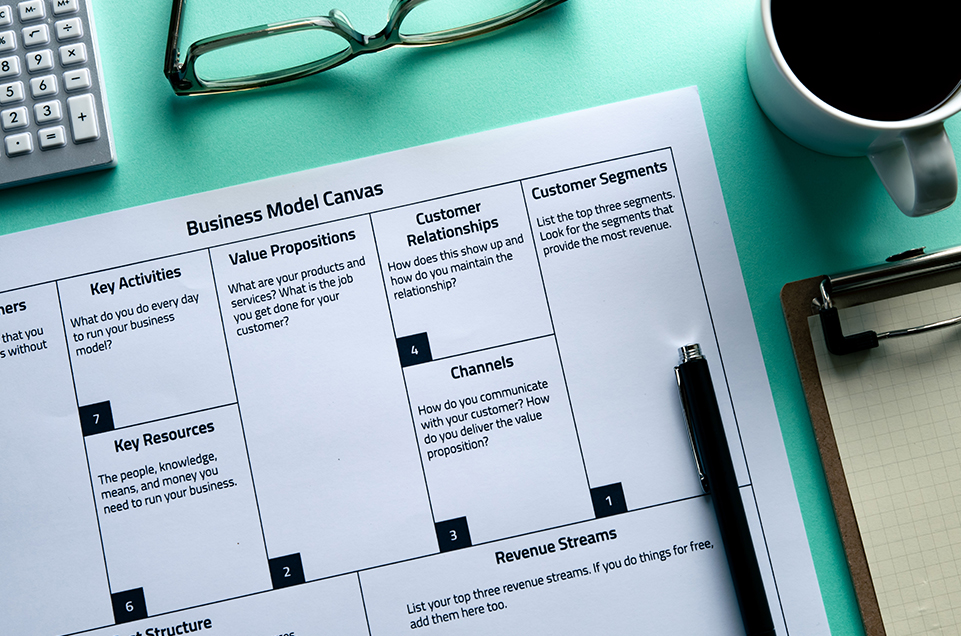Launching a startup in India can feel incredibly exciting. You’ve got a great idea, the motivation to hustle, and a vision to solve a real problem. But before diving headfirst into building the full product or investing all your savings, there’s one step you absolutely cannot skip—validating your business model.
Many first-time founders assume that if they think their idea is amazing, customers will too. But here’s the truth: a good idea doesn’t always lead to a successful business. That’s why quick and smart validation is key. It saves time, money, and effort—and helps you figure out whether there’s real demand for your product or service.
So, how do you do it? Let’s discuss some practical, simple strategies that Indian entrepreneurs can use to validate their startup ideas efficiently.
- Build a Minimum Viable Product
If there’s one concept every founder should know, it’s this: Don’t build the whole product right away. Start with a minimum viable product—something basic that solves a core problem for your target market. It’s not supposed to be perfect. It just needs to work.
For example, if you’re building a tech product, develop a simple app or a basic version of your service. If it’s a physical product, create a prototype. The goal is to get something into the hands of real users quickly.
Once people start using your minimum viable product, you’ll start receiving feedback—what they like, what confuses them, what features they wish it had. This real-world input is far more valuable than any guesswork you do in your room.
- Test Demand with Paid Ads
Now that you’ve got your minimum viable product, how do you know if people are actually interested? One smart move is to run a few paid ads. Platforms like Google, Facebook, and Instagram allow you to target specific demographics, so you can reach your ideal customers without blowing your budget.
Set up a landing page or a simple website and drive traffic to it. Then watch how people respond. Are they clicking on your ad? Are they signing up, downloading, or asking questions? These metrics can show whether your idea is catching attention—or if it still needs work.
The best part? Paid ads let you run small experiments. You can test different messages, visuals, or price points and see which one performs best.
- Try Crowdfunding
If you want to test demand and raise funds at the same time, crowdfunding is a great option. Crowdfunding websites allow you to present your idea to the public and ask people to support it with actual money.
If people are willing to back your campaign before the product even exists, that’s a solid sign that there’s demand. Plus, you get valuable feedback from early adopters and build a small but loyal community around your product.
Crowdfunding also forces you to clarify your value proposition, because you have to explain your product clearly to get support. That practice alone can sharpen your pitch for future investors or customers.
- Use A/B Testing to Compare Options
Have more than one version of your product idea? Not sure which landing page design works better? That’s where A/B testing comes in. You show two variations to different sets of users and see which one performs better.
You can test everything—from product names to pricing models to feature sets. Let’s say you’re not sure whether to offer a monthly or yearly subscription. A/B test both options. Whichever gets more conversions tells you where to lean.
The goal is to remove the guesswork and let real user behavior guide your decisions.
- Focus on the Right Metrics
It’s easy to get distracted by numbers that look good but don’t mean much—like how many likes your Instagram post gets. Instead, track metrics that truly reflect your business’s performance. Here are a few to keep an eye on:
Customer Acquisition Cost (CAC): How much does it cost to get a paying customer?
Lifetime Value (LTV): How much revenue do you earn from one customer over time?
Churn Rate: How often do customers stop using your product?
Conversion Rate: What percentage of visitors take action—like signing up or buying?
These numbers help you judge whether your model is actually viable or if something needs to change.
- Partner with the Right People
Validation doesn’t have to be a solo journey. Partnering with other startups, influencers, or small businesses can help you test your product with a wider audience. If they already have a following that matches your target market, you can tap into that community for valuable insights.
For example, if you’re launching a wellness product, a tie-up with a yoga instructor on Instagram could get your MVP in front of potential buyers quickly. These collaborations can open new doors and help you understand what works (or doesn’t) with real users.
- Iterate Based on Feedback
Last but not least, don’t treat validation as a one-time step. It’s a continuous loop. Build something, get feedback, improve it, and repeat. This cycle of testing and refining is what helps your idea evolve into a business that customers love.
Let’s say users complain that your app takes too long to load, or your price is too high. Take that seriously. Don’t cling to your original idea just because it was your first. The most successful startups are the ones that adapt fast.
Explore nossa entrepreneurship initiatives to get an in-depth knowledge about the strategies that can validate your business model quickly. We have curated our programs based on the real-world challenges faced by the businesses. They deliver hands-on learning experiences for start-ups and mid-level enterprises. Here are a few programs that cater to the needs of the businesses:
- Liftoff: Our Liftoff program offers tailored guidance from mentors to help early-stage startups refine their brand visibility, product roadmaps, and go-to-market strategies. These elements ultimately teach the businesses to scale efficiently. We provide a structured journey that helps startups undergo a comprehensive gap analysis to identify areas for improvement, followed by customized journey mapping to address these gaps. Our program enables participants to gain practical insights and develop strategies to enhance their market presence and growth potential.
- SME Academy: Our Academia de PMEs is a transformative initiative designed to empower senior management teams of small and medium-sized enterprises (SMEs) with the strategies and mindset needed to drive sustainable growth. This 12-week, fully sponsored program offers a structured curriculum that blends strategic thinking, operational excellence, and leadership development.
Accelerate: Our Accelerate program offers growth-stage ventures a comprehensive suite of resources to identify and seize growth opportunities. Through tailored strategies, each venture receives personalized guidance from a dedicated Venture Partner who conducts a diagnostic analysis to address the specific needs and challenges of the business. Participants gain access to a global network of experts, which include entrepreneurs and investors. They help refine go-to-market strategies, enhance operational efficiency, and develop scalable models.




